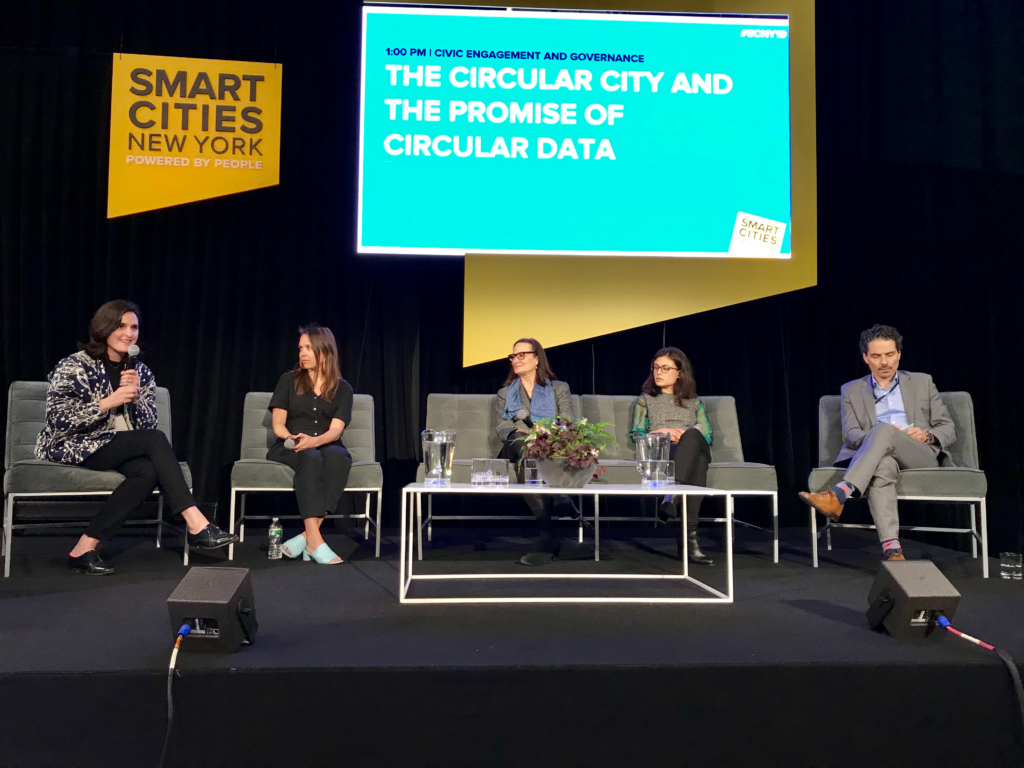Sensors for safety: How Downtown Brooklyn is getting smarter
Downtown Brooklyn is testing lab for "smart city" tech

Downtown Brooklyn is getting smarter, a panel of technology and civic experts said at the Smart Cities New York 2019 conference on Tuesday.
The Downtown Brooklyn Partnership and local tech startups are rolling out the second phase of smart city technology based on the “Internet of Things” (or IoT), an extension of internet connectivity to everyday “smart” objects from thermostats that adjust to users’ daily routines to speed limit signs that fluctuate according to traffic. IoT uses sensors and data processing to make transportation, safety, shopping and civic services more efficient.
“It’s not easy, but it’s entirely worth it,” said Regina Myer, president of the Partnership, which advocates for Downtown businesses, to the crowd attending the three-day conference.
